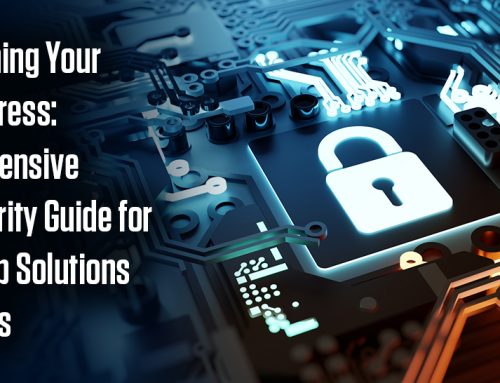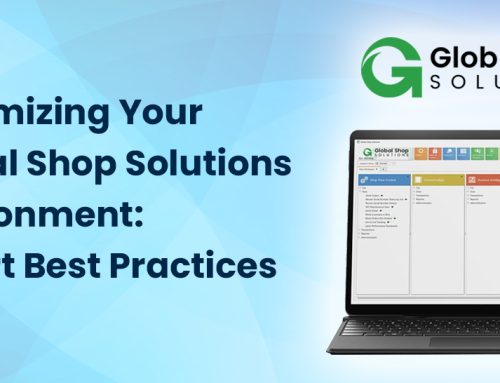
After watching the tragedy unfold recently in Italy, we are reminded of how profound the effect of an earthquake can be on our lives.
In a recent OregonLive article, scientists further corroborated the fears so many of us already share. In the midst of an event like an 8-9.0+ earthquake, the obvious first steps are securing and finding family and friends, making sure your home is safe and helping get your immediate surroundings livable. Scientists suggest that it could be weeks, or even over a month in some cases before some basic services are restored citywide. But as the proverbial dust settles, and the urgency returns to our livelihoods and the livelihoods of our co-workers, how do we resume our professional lives again?
It will be no accident which businesses survive an event like this, and in many cases, it will be the companies who prepared the best who emerge stronger than ever in the marketplace. To ensure the longevity of your business, and insulate against the worst case scenario, what are the best practices to prepare for the big one?
Hosted Geo-redundant Disaster Recovery: That’s a mouthful. Having a local backup onsite, and another at a colocation is a good practice that safeguards against everything but a huge regional event. But the best practice would be to have your environment either primarily hosted in the cloud or to have your disaster recovery hosted in the cloud. We are beginning to roll out Microsoft Azure Backups with Site Recovery, which not only puts the data safely in the cloud but also automatically fails over to a hosted server as a mirror image of your normal environment. This is a cost-effective solution that can be configured geo-redundantly, this means that data is not only stored in local Microsoft data centers but also across the continental divide.
These systems should be tested at least once a year. If they work as planned, you can run your entire business off the cloud indefinitely.
Disaster policy: This is a free step any business can take. Physical disasters, much like a cyber-disaster, require clear plans of response. If your organization is bigger than just a few people, this plan should include the who, what, where and when of a disaster. This should be clearly communicated to every employee and often incorporated into client messaging via policy or contractual documents. For instance, if your company provided insurance services to clients you might document:
In the case of a severe physical disaster, email will still be functioning provided cellular service is maintained. Cindy Doe is responsible for communicating with Upward Technology within 72 hours (provided there is cellular service), with Jeff Case acting as the second chair if Cindy is unable. Once Upward has confirmed and trained Cindy on accessing the database and client management software, it is her responsibility to communicate these instructions with subsequent team members. It will be the responsibility Jane Smith to manage client requests for copies of their policy information…..etc., etc.
It will be the companies who have a solid plan for disaster who emerge from them in the best shape and rebound the fastest. It won’t be the first priority, but we’ll all need to still make a living!
Help your business, your co-workers and your customers by defining how you will manage a disaster well out in front of a major event.
Want more insight? Contact Upward Technology today to talk about creating a comprehensive plan, we have examples of language and strategies to help you protect your business.






Leave A Comment